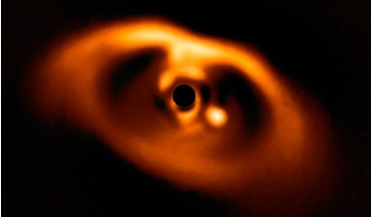 02 July 2018
Baby planet in dusty disc finally caught on camera
02 July 2018
Baby planet in dusty disc finally caught on camera
... two survey programmes called SHINE (SpHere INfrared survey for Exoplanets) and DISK (sphere survey for circumstellar DISK) designed ... the near-infrared to discover and characterise new exoplanets and planetary systems, while DISK explores known, ...
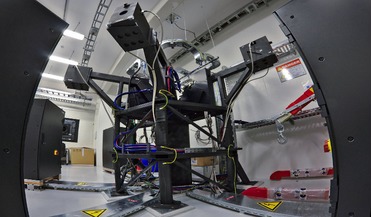 06 December 2017
The next generation planet hunter is here!
06 December 2017
The next generation planet hunter is here!
... of Geneva in Switzerland. The radial velocity method allows astronomers to measure the mass and orbit of any residing exoplanet and it works by measuring the gravitational pull the planet exerts on its host star; the less massive...
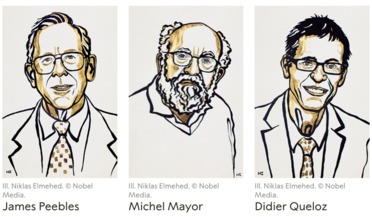 09 October 2019
This year's Physics Nobel Prize winners
09 October 2019
This year's Physics Nobel Prize winners
... and Didier Queloz at the University of Geneva, Switzerland and University of Cambridge, UK. Their award is “for the discovery of an exoplanet orbiting a solar-type star.” James Peebles’ insights into physical cosmology have enriched the entire field...
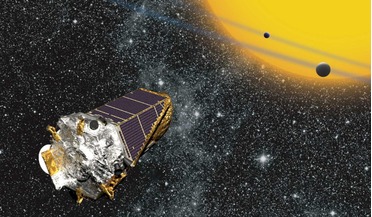 17 June 2020
Six billion Earth-like planets could be in our galaxy, new study says
17 June 2020
Six billion Earth-like planets could be in our galaxy, new study says
... provide important constraints on planet formation and evolution theories, and help optimize future missions dedicated to finding exoplanets." According to UBC astronomer Jaymie Matthews: "Our Milky Way has as many as 400 billion stars, with seven...
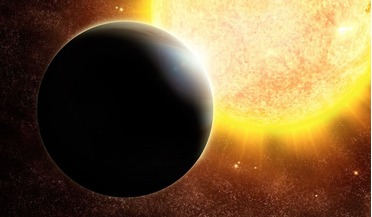 February 2016
How to Build Planets
February 2016
How to Build Planets
... been the prominent technique used by astronomers to find exoplanets and, whilst it is obviously successful in its application...in the accretion disc surrounding the young star. An ice exoplanet Grain survival is dependent on its proximity to the host ...
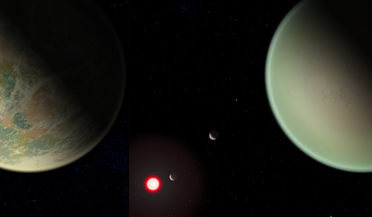 08 January 2020
New technique on finding oxygen could help find alien life
08 January 2020
New technique on finding oxygen could help find alien life
...sort is present. But finding oxygen amongst the chemical signals radiating from an exoplanet can be tough. Oxygen is highly reactive, and it tends to stick...studies but has never been studied for exoplanet research." The signal Fauchez and colleagues ...